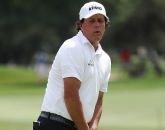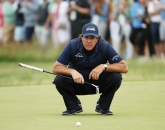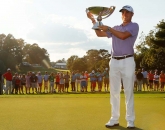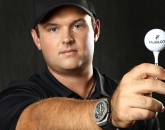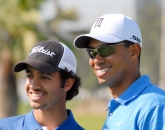
Well, perhaps that doesn’t tell the whole story. When you watch an elite-level sportsman in action, what you see is the finished article. The hours of practice, the repetitions, the gym time, the equipment that has been perfectly dialled in, the diet - all of these things combine to create something that appears almost superhuman. But does this same theory apply to McIlroy, the man who is always held up as the most talented of his generation? Do people underestimate how hard he works at his game?
“I think they do,” he says. “I guess it’s hard to put it across to people sometimes because all they see is us on the golf course. But even as a teenager and turning pro, I spent so much time practising and putting. Then you realise when you turn pro you almost need to take it to another level again and add certain areas to your game. But I don’t like to say I work hard because going and spending the whole day on the driving range or in the gym isn’t hard work to some people. I do spend a lot of time at it. You’re born with a certain talent, but you need to work as hard as you possibly can to turn that talent into something more.”
Aside from his rising Major count, the evidence of all this hard work can be most clearly seen in McIlroy’s changing physique. When he arrived on the world scene, he looked like any other active British teenager partial to a packet of crisps and a chocolate bar after a round of golf. He wasn’t overweight, but he was far from the athlete he has become. The key moment came late in 2010 when problems with his back caused him to seek the help of Steve McGregor, the fitness expert who had helped transform Lee Westwood. As McGregor explains himself on page 50, the number one goal was, and remains, injury prevention. Fewer niggling injuries mean more time hitting balls in practice. More time hitting balls means… You get the picture.
Pages
Click here to see the published article.



